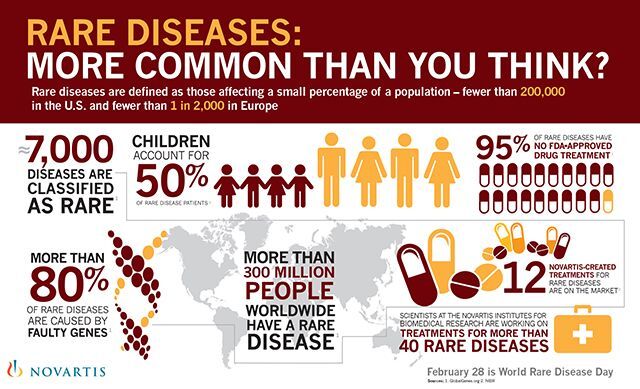more
Cell Scrapers

Cell scrapers are vital for adherent cell culture, allowing gentle, non-enzymatic cell harvesting from flasks, petri dishes, and multi-well plates. They help preserve cell integrity, making them ideal for subculturing, functional assays, and molecular analysis. Unlike trypsinization, scrapers avoid enzymatic effects that may alter cell surface markers or phenotypes. Their cost-effectiveness and ease of use make them essential tools for sensitive experiments requiring minimal cell disruption.































